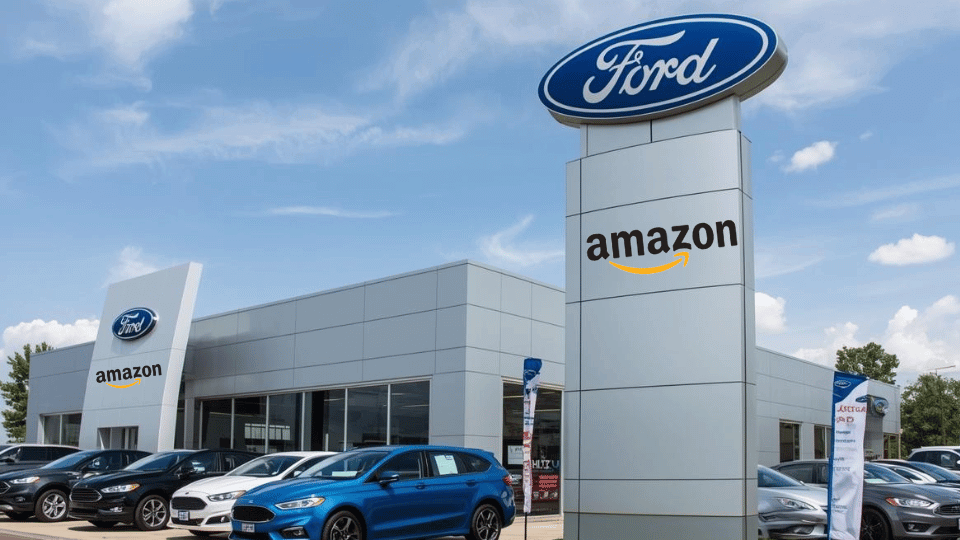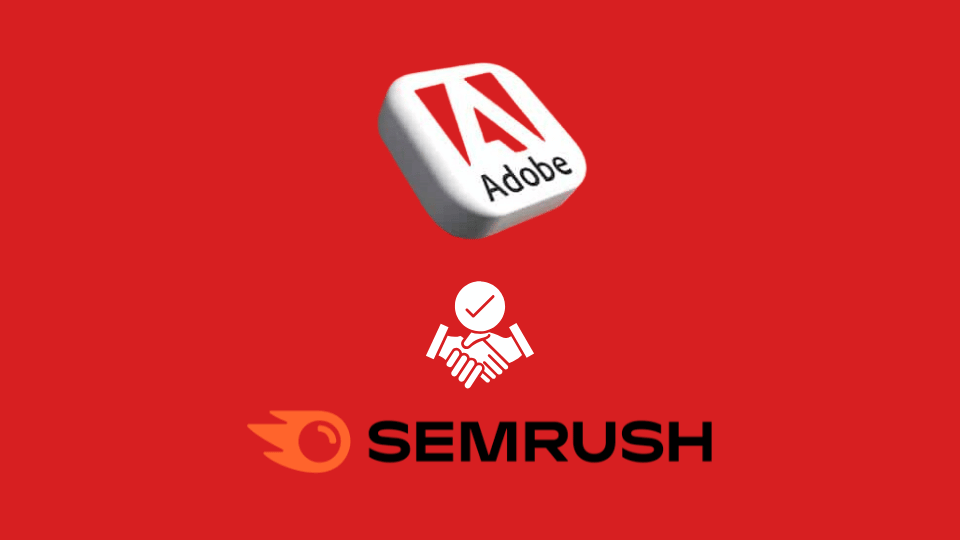Canva continues to forge a path to democratize design. The web-based tool is meant to appeal to individuals, graphic designers and SMBs (think: logos & signage) with a no-code approach. We like to think of it as Adobe’s Creative Cloud for SMBs. And today it advanced that mission with $200 million in funding.
The round was led by T. Rowe Price with participation from Franklin Templeton, Sequoia Capital Global Equities, Bessemer Venture Partners, Greenoaks Capital, Dragoneer Investments, Blackbird, Felicis, and AirTree. This brings Canva’s post-money valuation to $40 billion — more than 2x its pre-money state.
Simple Workflows
Back to the product itself, Canva is an open-ended design tool that lets basically anyone create logos, flyers, T-shirts, etc. It’s known for its drag & drop interface and other UX design (it is a design company after all). This appeals to non-technical folks that may be intimidated by tools like Adobe Indesign.
Beyond non-technical folks, Canva accommodates non-creative folks. It has hundreds of thousands of design templates for the un-artistic among us. That can include SMBs, as noted, but also individuals in brand marketing departments that need a quick way to mock up website components or presentations.
To further broaden its appeal, Canva serves the professional end of the spectrum. For example, designers use it to lay out graphics that they’ve developed in higher-end tools like Figma and Sketch. In fact, these integrations signal potential M&A targets as Canva continues to gain scale and gravitational pull.
But more than its design aspects, Canva is shooting for collaborative functions that make it valuable within companies of all sizes. For example, once a designer creates something, it can then be available in Canva’s cloud for any skillset to modify on an ongoing basis (think: info on a business card).
TAM Right
Add up all of the above user personas and Canva has a rather large addressable market. That plus its product execution are the main factors driving today’s funding. It has a combination of strong traction and ample headroom. — the former represented by 60 million monthly active users across 190 countries.
As for the paying segment of that total, 500,000 teams subscribe to Canva’s paid enterprise plan. These include large (multi-seat) and formidable companies such as Salesforce, Marriott International, PayPal, and American Airlines. The company projects to hit a $1 billion revenue run rate by the end of 2021.
Part of this success be attributed to the fine line it’s walked in its freemium model. The challenge, always, is to offer enough to demonstrate value but not so much that you’re giving away the store. But in its efforts to blitz-scale, Canva has prioritized outsized value in its free version to gain traction and virality.
As for its near-term trajectory and intentions for the new cash, Canva plans to double its team of 2,000 employees and launch a new video editor and “offline mode.” Making matters more ambitious, it will move into the adjacent area of website design, including one-stop-shop integrations with domain hosting.
We’ll keep watching to see where Canva goes next. It clearly has momentum on its side.



